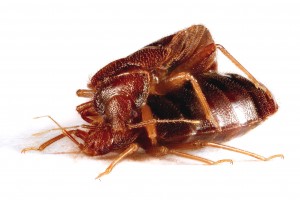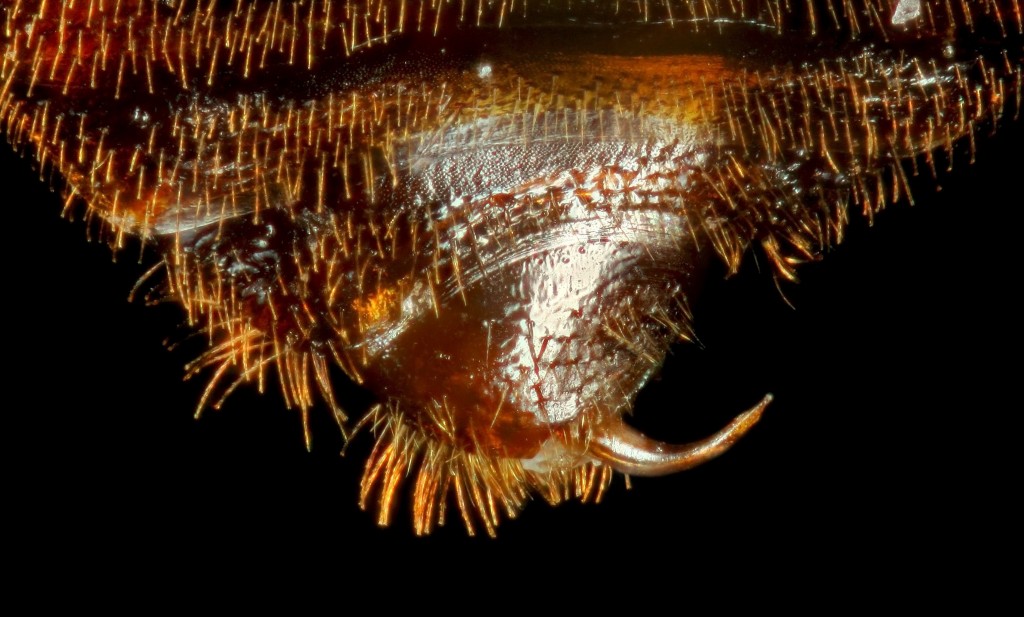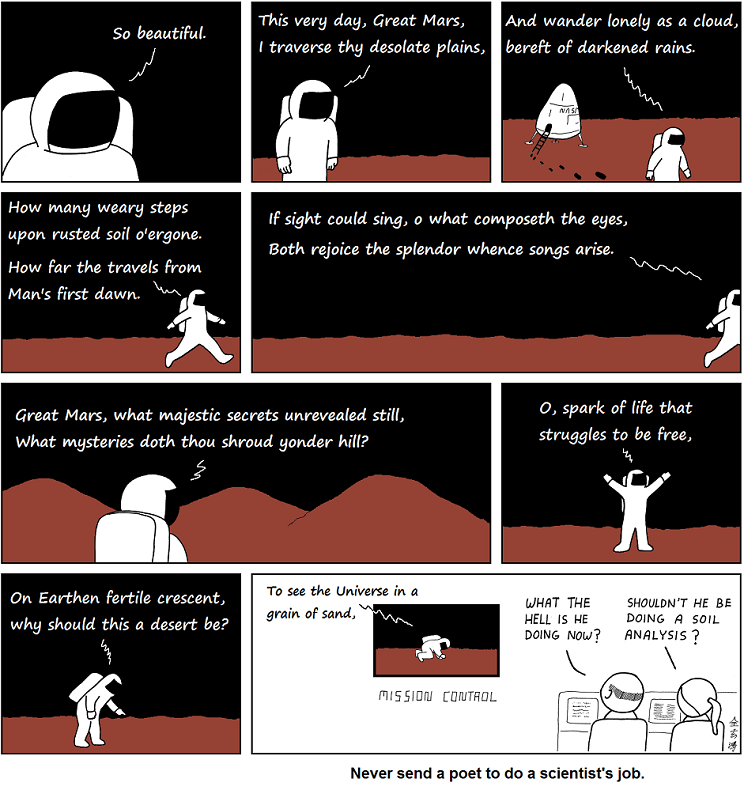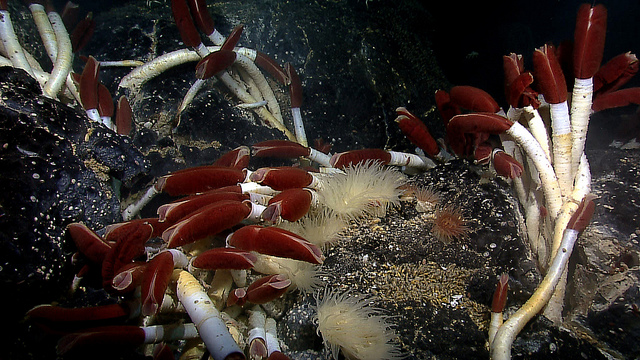Penis Friday got violent this week with Brooke Borel‘s guest post about the bedbug penis, whose shape makes me freeze in terror. They use this thing to engage in what researchers call “traumatic insemination“. Aw, and bedbugs used to be so cute, too.
Speaking of dicks, turns out Walt Whitman was quite a superior species, as Ann reveals in her usual lovely contextualisation of Abstruse Goose’s lament for the Mars budget.
Guest poster Amanda Mascarelli disentangled the vastly more complicated reality behind the old saw about left-brain/right-brain creativity and learning.
Jessa’s answer to the recent flap about internet addiction is a fascinating look at the alarmist history of media addiction: back when the hot new medium was the humble book, scholars wrung their hands over all that newfangled book-learnin’, convinced that it would cause us to break our mental fibres (think about that Newsweek cover).
And Ginny concluded her remarkable Galapagos Mondays series, wondering whether the Galapagos’ economy is eating itself. Tourists mean money for conservation but they also mean destruction of the environment they’re paying to see. The question, she finds, goes far beyond the Galapagos: is it ever possible to square conservation with economic development?
See you next week.







